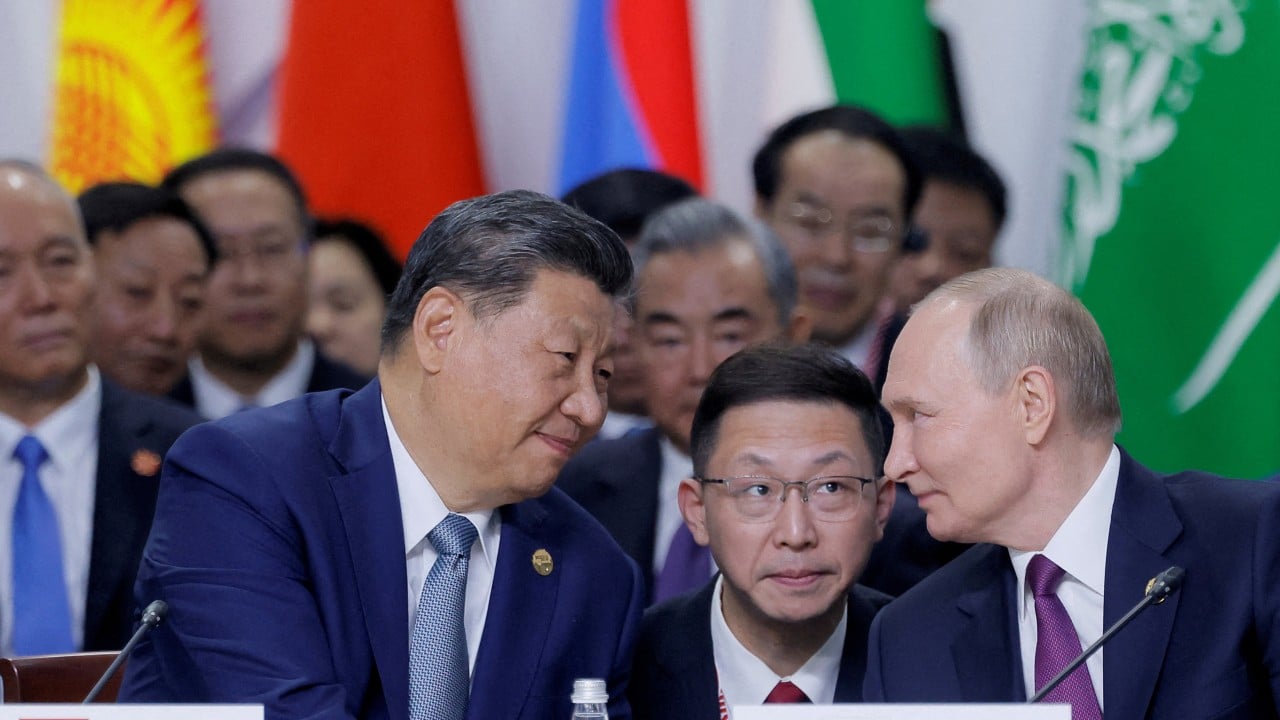Whether in the fourth industrial revolution semantics of Klaus Schwab or Beijing’s concept of “new productive forces”, major powers agree on one thing: competition in the 21st century to gain a geopolitical advantage is about commanding enough capital and scientific potential to win the tech race for new economic domains.
Advertisement
The emerging domains include the Arctic, cyberspace, outer space, the oceans and renewed competition for Africa. In this sense, US President Donald Trump’s threats to annex Greenland elicit chuckles but are an important geopolitical signal.
Likewise, the US’ massive investment in SpaceX – in the form of substantive government contracts – shows the importance of the new domains. Meanwhile, Russia and China are working together towards a base on the Moon. It’s worth it – new domains promise critical economic benefits and powerful capabilities to pressure competitors.
Solutions that supply the upper hand share a characteristic – everything is dual-use. Online marketplaces, like Amazon or Taobao, are benign. But in Russia, they are also a military innovation: in a state-backed move, an online marketplace for drone parts has been created. In the United States, data analytics company Palantir proudly revealed in 2023 that it has been helping Ukraine improve the accuracy of its strikes through crunching big data using artificial intelligence (AI).
Integrating AI into physical infrastructure provides a productivity gain akin to the breakthrough of the steam engine. It’s no surprise that Chinese Premier Li Qiang has called AI an engine for new productive forces, while Russian President Vladimir Putin sees having independent AI technology as a prerequisite for sovereignty.
Advertisement
Russian drones are increasingly using AI targeting on the war front and the government is rolling out regional investment programmes focused on AI integration in productive industry.

